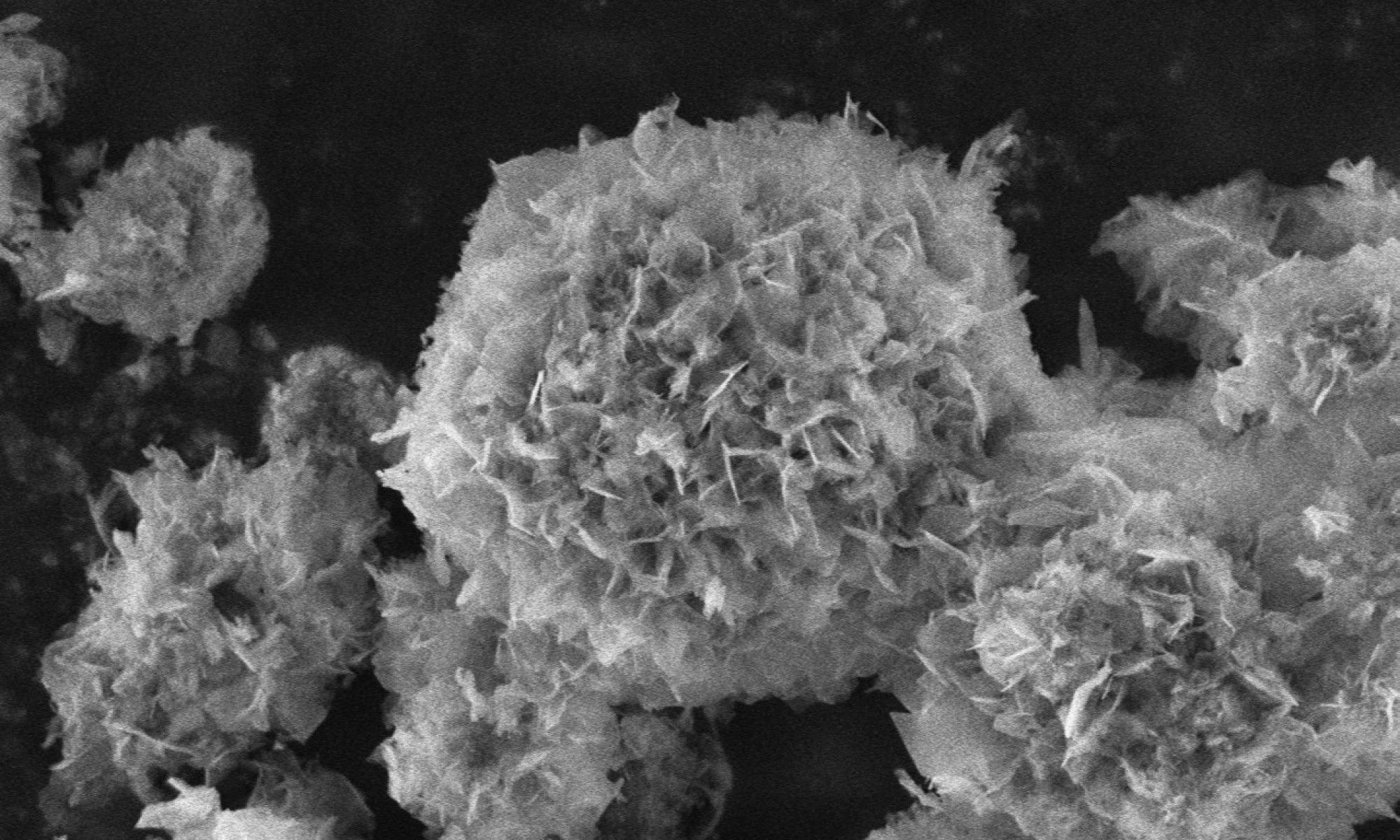This publication was authored by Ina Erceg, Vida Strasser, Nicolas Somers, Marta Jurković, Jasminka Kontrec, Damir Kralj, Rinea Barbir, Ivana Vinković Vrčeg, Marie Lasgorceix, Anne Leriche and Maja Dutour Sikirić as corresponding author.
The abstract of the publication is as follows:
Among key factors determining the fate of biomaterials in vivo are their interactions with blood serum proteins, which can lead to either successful integration or rejection/encapsulation. Although there are a number of studies investigating the interactions between proteins and bioimplants, comparable data for different types of biomaterials are lacking. To fill this gap, the adsorption kinetics and binding interactions of bovine serum albumin (BSA) with calcium phosphates (CaPs), namely hydroxyapatite (HA) and calcium deficient apatite (CaDHA), different TiO2 nanomaterials (TiNMs) presenting various morphologies such as nanoparticles (TiNPs), nanoplatelets (TiNPls), nanotubes (TiNTs) and nanowires (TiNWs), as well as their composites with CaDHA (CaDHA/TiNMs) were investigated. The kinetics of BSA adsorption on all studied materials was best described by pseudo-second order kinetics. The rate coefficient values obtained for the composites were lower than those for CaDHA and the corresponding TiNMs, while the adsorption density was higher for the composites than for CaDHA, except for the composites with TiNTs. Adsorption on TiNWs, CaDHA and all composites involved intraparticle diffusion, which was the rate- limiting step only for CaDHA/TiNTs. Fluorimetric titration experiments revealed that the number of binding sites was in larger than 1, except for TiNTs and TiNWs, indicating positive binding cooperativity. Interestingly, the values of the binding constants were lower for the TiNMs with a higher adsorption rate coefficient. Overall, BSA adsorption on the studied materials proved to be a complex process, which depended on the different surface properties of the adsorbents. Which property had a dominant role depended on the chemical identity of the adsorbent. The obtained comparable data for
different types of materials point to the way of modifying their protein adsorption and binding properties.
